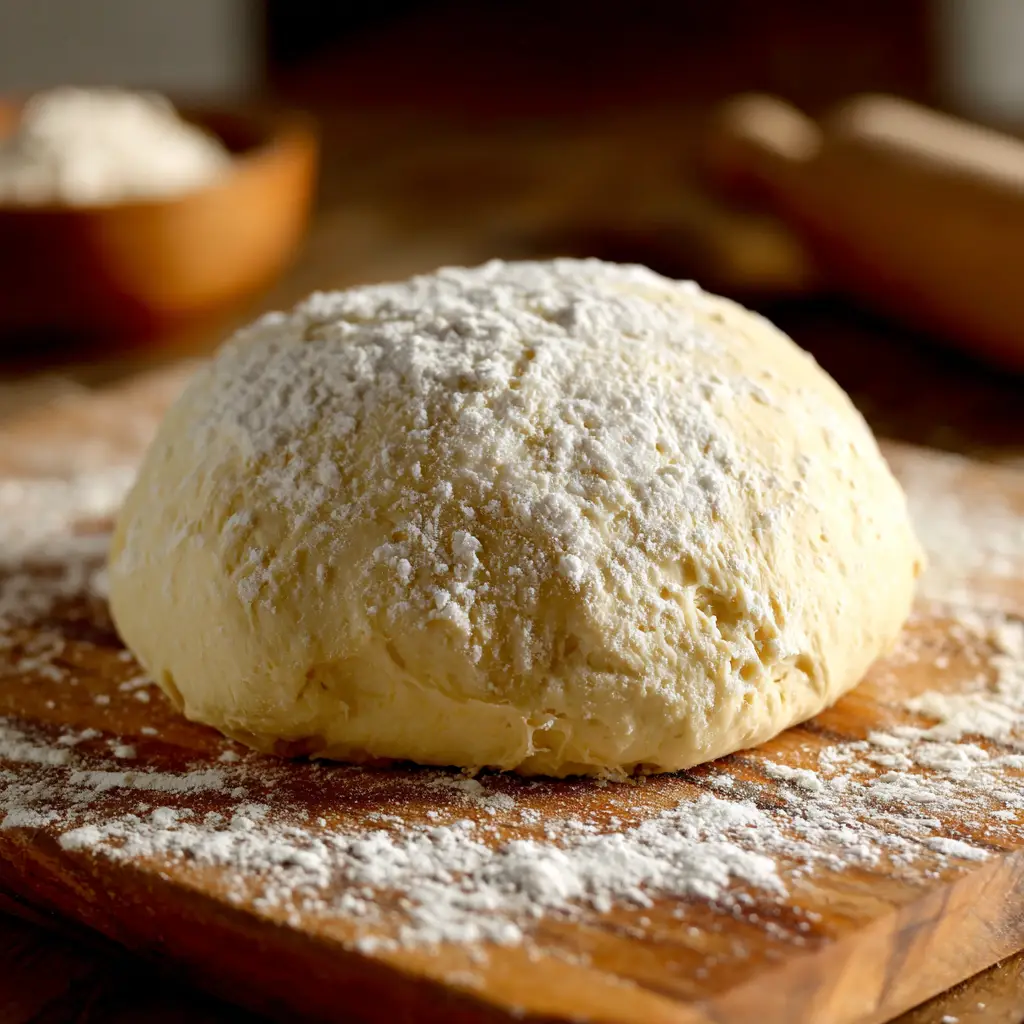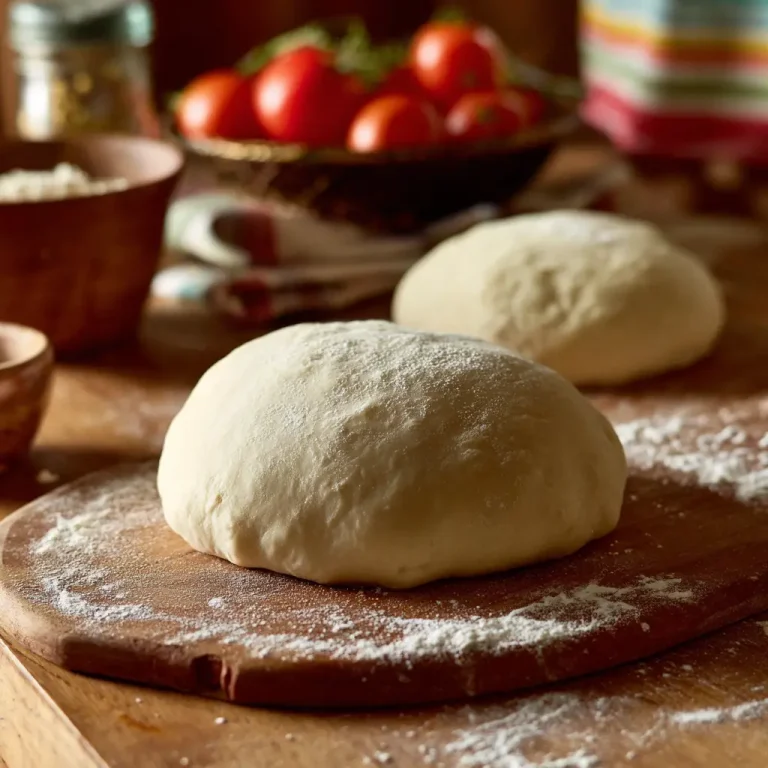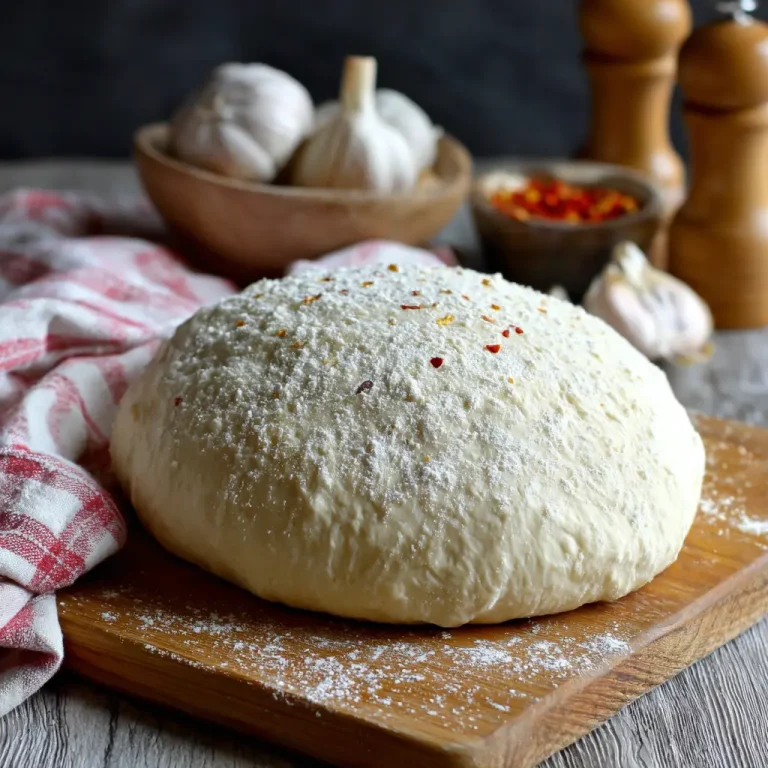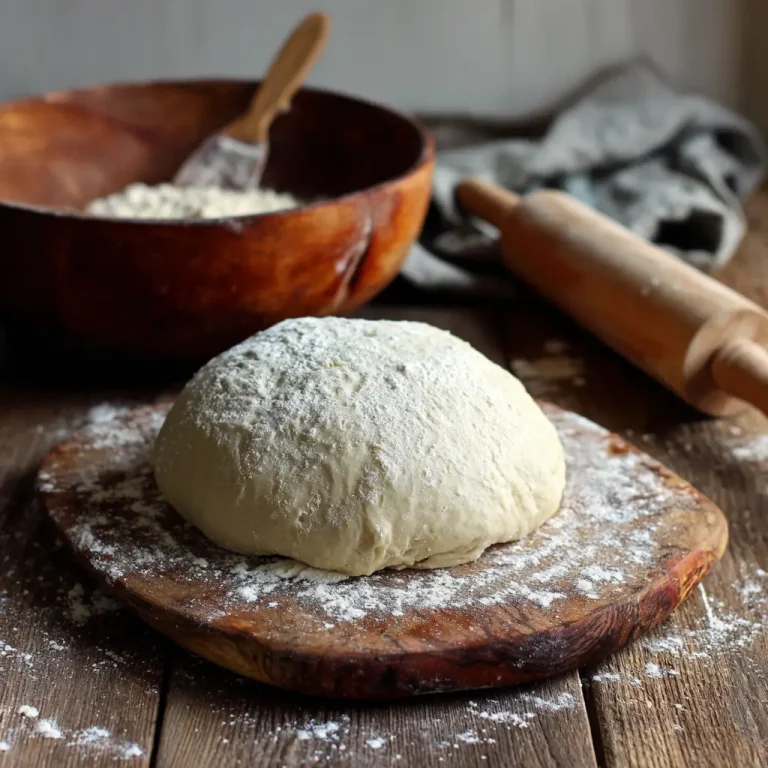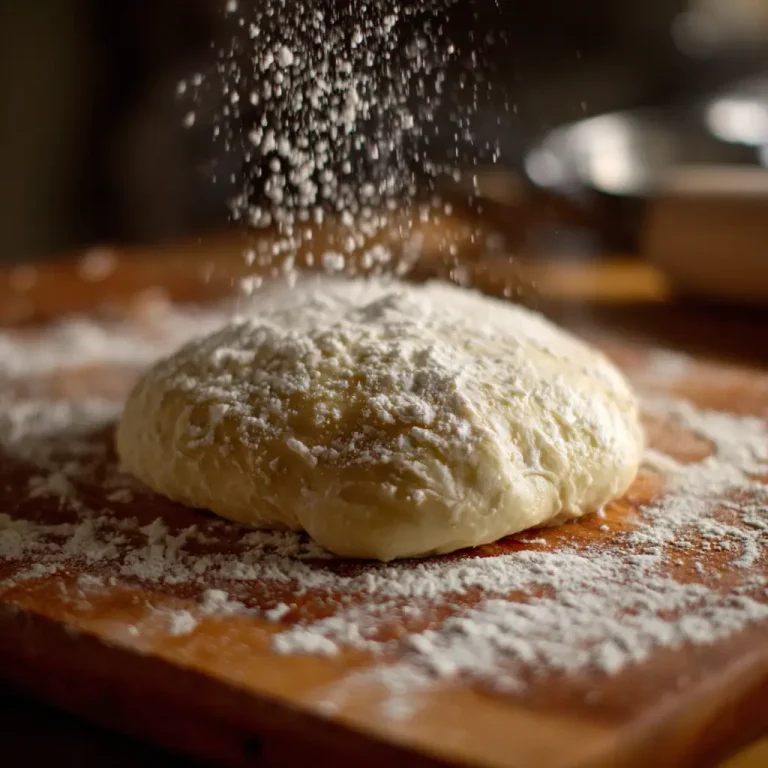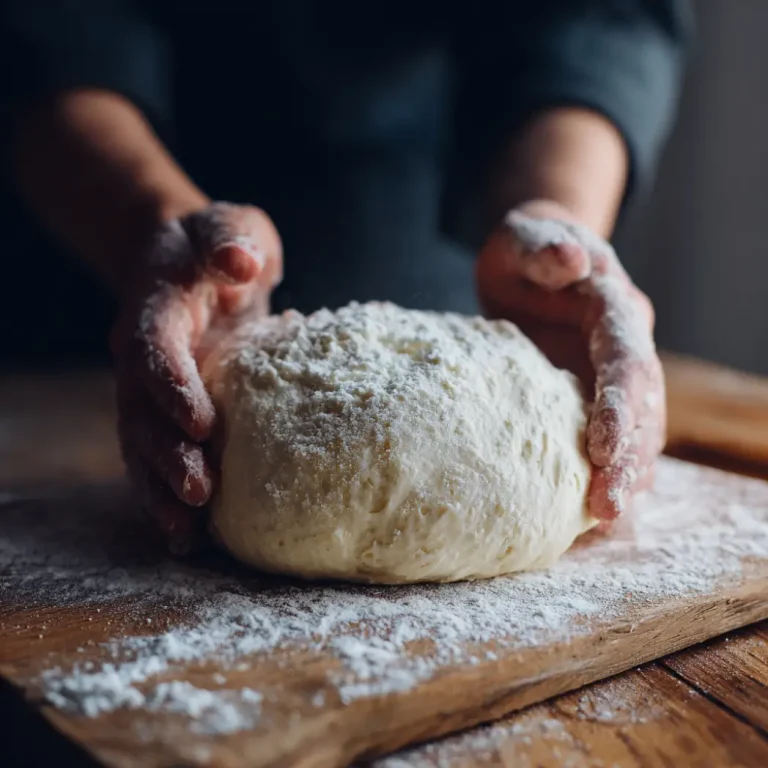Introduction
Making pizza at home feels rewarding, especially when the dough turns out soft, airy, and perfectly chewy. Using a bread machine makes the process simple and consistent, removing the guesswork of kneading and rising. The beauty of preparing pizza dough in a bread machine lies in how effortlessly it brings together the ingredients to form a smooth and elastic dough that rises beautifully. Once the machine does its magic, the dough is ready to roll, top, and bake into a golden crust that rivals your favorite pizzeria.
Homemade pizza always has a special charm because you can control every detail, from the thickness of the crust to the balance of flavors. The bread machine helps maintain the perfect texture by mixing and resting the dough evenly, which is hard to achieve by hand. The result is a light yet strong crust that holds all your toppings without turning soggy. Whether you are making a classic margherita, a loaded pepperoni pizza, or a veggie delight, this method ensures reliable and delicious results every single time.
Ingredients Needed
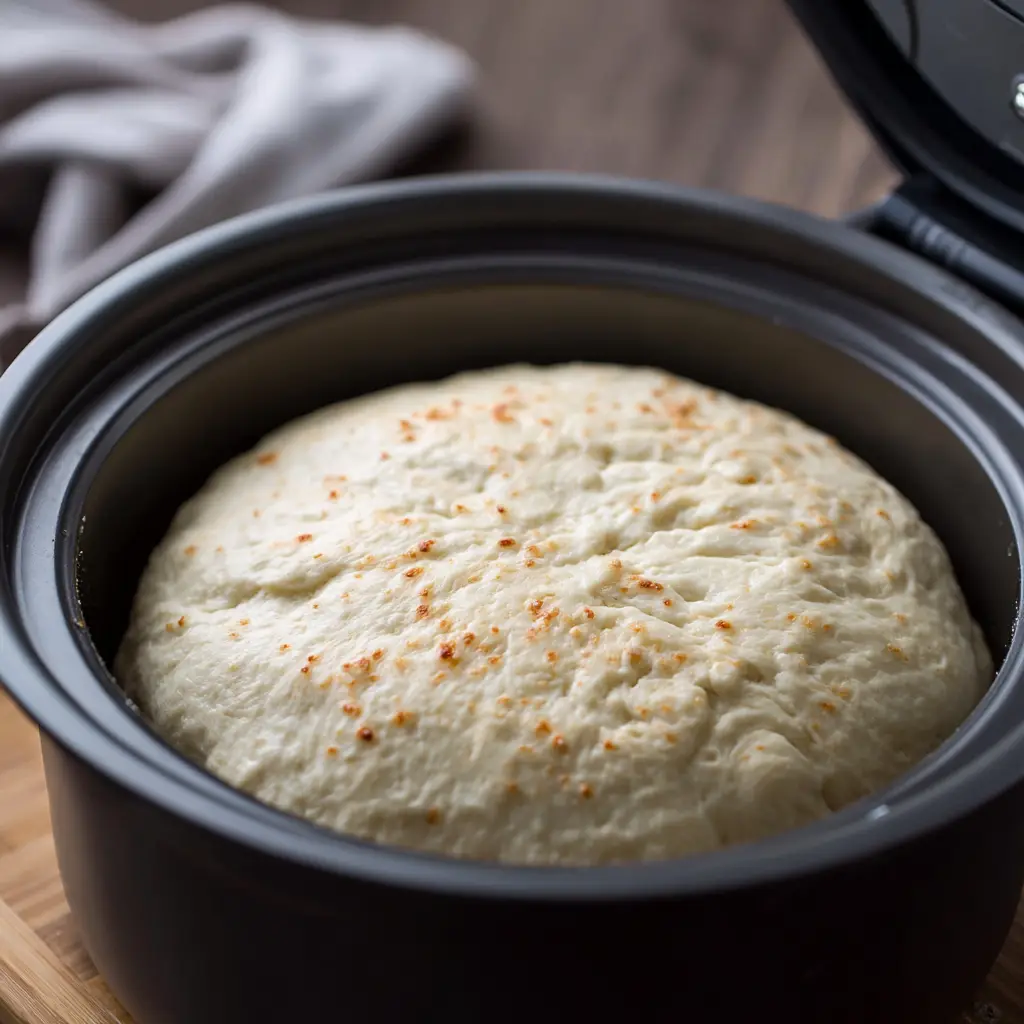
| Ingredient | Quantity | Calories (Approx.) |
|---|---|---|
| Bread flour | 3 cups | 1200 |
| Warm water | 1 cup | 0 |
| Olive oil | 2 tablespoons | 240 |
| Sugar | 1 tablespoon | 48 |
| Salt | 1 teaspoon | 0 |
| Active dry yeast | 2¼ teaspoons | 21 |
| Garlic powder (optional) | ½ teaspoon | 4 |
| Italian seasoning (optional) | ½ teaspoon | 3 |
Step-by-Step Cooking Instructions
Step 1: Measure all ingredients carefully and ensure the water is warm but not hot, around 110°F, to activate the yeast properly.
Step 2: Add the warm water into the bread machine pan followed by olive oil, sugar, and salt. Liquids should always go in first for even mixing.
Step 3: Add the bread flour to the pan, spreading it out evenly to cover the liquid mixture below.
Step 4: Make a small well in the center of the flour and add the active dry yeast. This keeps the yeast from touching the liquids until mixing begins.
Step 5: Place the pan into the bread machine and select the “Dough” setting. Most machines take around ninety minutes for this process.
Step 6: Let the machine mix and knead the dough until it forms a smooth and elastic ball. During this time, avoid lifting the lid too often to maintain even warmth.
Step 7: Once the dough cycle finishes, remove the dough from the pan and place it on a lightly floured surface.
Step 8: Gently knead it by hand for one minute to release any large air bubbles and improve its texture.
Step 9: Shape the dough into a ball, cover it with a clean kitchen towel, and let it rest for ten minutes before rolling it out.
Step 10: Roll the dough into your desired thickness, transfer it onto a baking sheet or pizza stone, add toppings, and bake at 475°F for about twelve to fifteen minutes until golden brown.
Tips for Customizing the Recipe
Customizing your pizza dough can make each batch feel unique. Substitute part of the bread flour with whole wheat flour for a rustic flavor and added fiber. For a crispy crust, brush olive oil on the edges before baking. Adding garlic powder or Italian seasoning directly into the dough enhances aroma and flavor. If you prefer a chewier crust, use cold water and allow the dough to rise for an extra thirty minutes after the bread machine cycle ends. For a gluten-free version, use a gluten-free flour blend and add a teaspoon of xanthan gum to improve elasticity. You can also refrigerate the dough overnight for a deeper flavor and better structure.
Nutritional Information
Each serving of this bread machine pizza dough provides around 198 calories, offering a balanced mix of 6 grams of protein, 4 grams of fat, and 34 grams of carbohydrates. It also contains 1 gram of fiber and 1 gram of sugar, making it a light yet satisfying base for your favorite toppings. The sodium content is approximately 150 milligrams per serving, helping maintain flavor without overwhelming saltiness.
Serving Suggestions
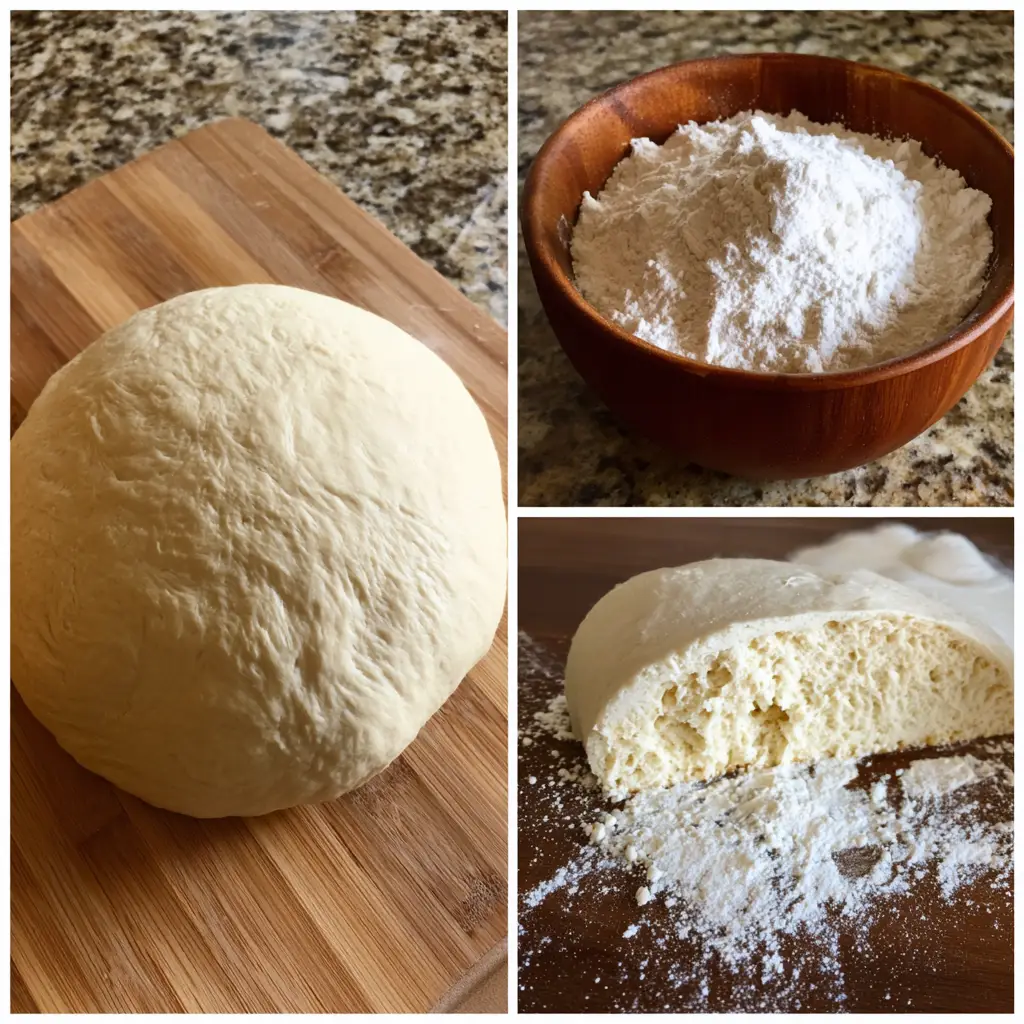
Freshly baked pizza dough from your bread machine can be used in endless ways. It forms the perfect base for classic pizzas topped with tomato sauce, mozzarella, and basil leaves. You can shape it into smaller rounds for personal pizzas or even create stuffed crusts filled with cheese for extra indulgence. This dough also works wonderfully for calzones, garlic knots, or breadsticks served with marinara sauce. For gatherings, prepare two batches in advance so everyone can enjoy customizing their own pizza with a variety of toppings like mushrooms, bell peppers, pepperoni, olives, and fresh herbs.
Conclusion
Creating pizza dough in a bread machine takes away the effort of hand kneading while ensuring perfect results every time. The process feels simple, yet the outcome is full of flavor and texture. The dough bakes into a crust that is crisp on the outside and tender inside, making it the heart of any great pizza. Preparing it at home adds a personal touch that no store-bought version can match. When shared with family or friends, it becomes more than just a meal—it turns into an experience filled with warmth, laughter, and the joy of cooking together.

